WILLIAM ASHFORD (1746-1824) A View of Dawson's Grove, Co. Monaghan (c.1774) Oil on canvas, 96 x 148cm ; together with two prints by Pouncy after William Ashford engraved after the original painting This work is typical of the Claudean style topographical views of estates or demesne paintings, produced by Irish landscape painters of the eighteenth century. Not the first artist to produce landscapes of Dawson Grove, Ashford's contemporary, Thomas Roberts 1748-77), had around the early 1770s, been commissioned to paint a series of six views, which Ashford may well have studied before painting his own landscape (Laffan and Rooney, pp. 92-93, 106). Born in Birmingham, William Ashford moved to Dublin in 1764, initially employed by the Ordnance Office, and his work involved travel throughout Ireland. He first contributed landscapes to the Society of Artists of Ireland exhibition of 1772. From the mid 1770s Ashford became known for his demesne paintings, later works including a set of five paintings of Charleville Forest, Co. Offaly (dated 1801) for Charles Bury, first Earl of Charleville (1764-1835) and six oils of Mount Merrion Park for Richard, seventh Viscount Fitzwilliam (1804-06, Fitzwilliam Museum, Cambridge). His architectural inclusions were convincingly painted, most notably the Palladian villa in The Royal Charter School, Clontarf, Co. Dublin (1794, NGI). Much respected in his own lifetime, in 1813 he was elected President of the SAI and in 1823, the year before he died, first President of the newly formed Royal Hibernian Academy. The house, Dawson Grove, Rockcorry, Co. Monaghan, seen on the right of the view, was the seat of Thomas Dawson MP, who was created Baron Dartrey (1770), Viscount Cremorne (1785) and later Baron Cremorne (1797). Built around 1770 in brick, it consisted of three storeys over a basement, with a pedimented breakfront and was probably inspired by the designs of Edward Lovett Pearce for the nearby Bellamont Forest (1730). In 1778, Dawson Grove was mentioned by the Rev. Daniel Beaufort as: 'a new brick building, neat and well contrived but rather heavy both in its external appearances and inside decorations' (cited by Bence-Jones, p. 100). Destroyed by fire, Dawson Grove was replaced in 1846 by Dartrey, an Elizabethan Revival mansion (demolished c. 1950). Ashford can be placed at Dawson Grove in June 1773. The Rev. Burrows, tutor of Richard Dawson, noted that 'Mr. Ashwood' had been inspired by the landscape, telling him in lyrical terms: 'he could employ himself many years in painting the variety of its beauties, since every ten yards affords a new and pleasing landscape, and the horizon is every way bounded by such a fine wavy line of mountains, which come forward, retire backwards, or lose themselves in the clouds, in a thousand agreeable figures' (cited in Painting Ireland, p. 158). He did indeed produce more than one work here: the first recorded work is that entitled A View of Dawson's Grove which he exhibited with the Society of Artists in 1773 (G. Breeze, Society of Artists in Ireland, Index of Exhibits, 1765-80, Dublin, 1985, I); the second is the subject of this entry and is probably the View of Dawson's Grove, which he exhibited with the Academy of Artists, Dublin in 1774. A third exists (1785, private collection) with a view looking towards the house from Black Island, on Lough Dromore. In the early 1770s, Lord Dartrey had built a Neoclassical mausoleum designed by James Wyatt (1747-1813) in memory of his first wife, Anne ne� Fermor (1733-69), with a sculptural monument to her by Joseph Wilton (1722-1803). In the foreground of this more Neoclassical composition, Ashford includes himself painting en plein air, beside a classical urn, with the mausoleum at his back. The subject of the present entry with its panoramic view including the house and the estate was produced from the vantage point of a drumlin overlooking the lake, mid way between St John's Church on the left and the recently built
WILLIAM ASHFORD (1746-1824) A View of Dawson's Grove, Co. Monaghan (c.1774) Oil on canvas, 96 x 148cm ; together with two prints by Pouncy after William Ashford engraved after the original painting This work is typical of the Claudean style topographical views of estates or demesne paintings, produced by Irish landscape painters of the eighteenth century. Not the first artist to produce landscapes of Dawson Grove, Ashford's contemporary, Thomas Roberts 1748-77), had around the early 1770s, been commissioned to paint a series of six views, which Ashford may well have studied before painting his own landscape (Laffan and Rooney, pp. 92-93, 106). Born in Birmingham, William Ashford moved to Dublin in 1764, initially employed by the Ordnance Office, and his work involved travel throughout Ireland. He first contributed landscapes to the Society of Artists of Ireland exhibition of 1772. From the mid 1770s Ashford became known for his demesne paintings, later works including a set of five paintings of Charleville Forest, Co. Offaly (dated 1801) for Charles Bury, first Earl of Charleville (1764-1835) and six oils of Mount Merrion Park for Richard, seventh Viscount Fitzwilliam (1804-06, Fitzwilliam Museum, Cambridge). His architectural inclusions were convincingly painted, most notably the Palladian villa in The Royal Charter School, Clontarf, Co. Dublin (1794, NGI). Much respected in his own lifetime, in 1813 he was elected President of the SAI and in 1823, the year before he died, first President of the newly formed Royal Hibernian Academy. The house, Dawson Grove, Rockcorry, Co. Monaghan, seen on the right of the view, was the seat of Thomas Dawson MP, who was created Baron Dartrey (1770), Viscount Cremorne (1785) and later Baron Cremorne (1797). Built around 1770 in brick, it consisted of three storeys over a basement, with a pedimented breakfront and was probably inspired by the designs of Edward Lovett Pearce for the nearby Bellamont Forest (1730). In 1778, Dawson Grove was mentioned by the Rev. Daniel Beaufort as: 'a new brick building, neat and well contrived but rather heavy both in its external appearances and inside decorations' (cited by Bence-Jones, p. 100). Destroyed by fire, Dawson Grove was replaced in 1846 by Dartrey, an Elizabethan Revival mansion (demolished c. 1950). Ashford can be placed at Dawson Grove in June 1773. The Rev. Burrows, tutor of Richard Dawson, noted that 'Mr. Ashwood' had been inspired by the landscape, telling him in lyrical terms: 'he could employ himself many years in painting the variety of its beauties, since every ten yards affords a new and pleasing landscape, and the horizon is every way bounded by such a fine wavy line of mountains, which come forward, retire backwards, or lose themselves in the clouds, in a thousand agreeable figures' (cited in Painting Ireland, p. 158). He did indeed produce more than one work here: the first recorded work is that entitled A View of Dawson's Grove which he exhibited with the Society of Artists in 1773 (G. Breeze, Society of Artists in Ireland, Index of Exhibits, 1765-80, Dublin, 1985, I); the second is the subject of this entry and is probably the View of Dawson's Grove, which he exhibited with the Academy of Artists, Dublin in 1774. A third exists (1785, private collection) with a view looking towards the house from Black Island, on Lough Dromore. In the early 1770s, Lord Dartrey had built a Neoclassical mausoleum designed by James Wyatt (1747-1813) in memory of his first wife, Anne ne� Fermor (1733-69), with a sculptural monument to her by Joseph Wilton (1722-1803). In the foreground of this more Neoclassical composition, Ashford includes himself painting en plein air, beside a classical urn, with the mausoleum at his back. The subject of the present entry with its panoramic view including the house and the estate was produced from the vantage point of a drumlin overlooking the lake, mid way between St John's Church on the left and the recently built
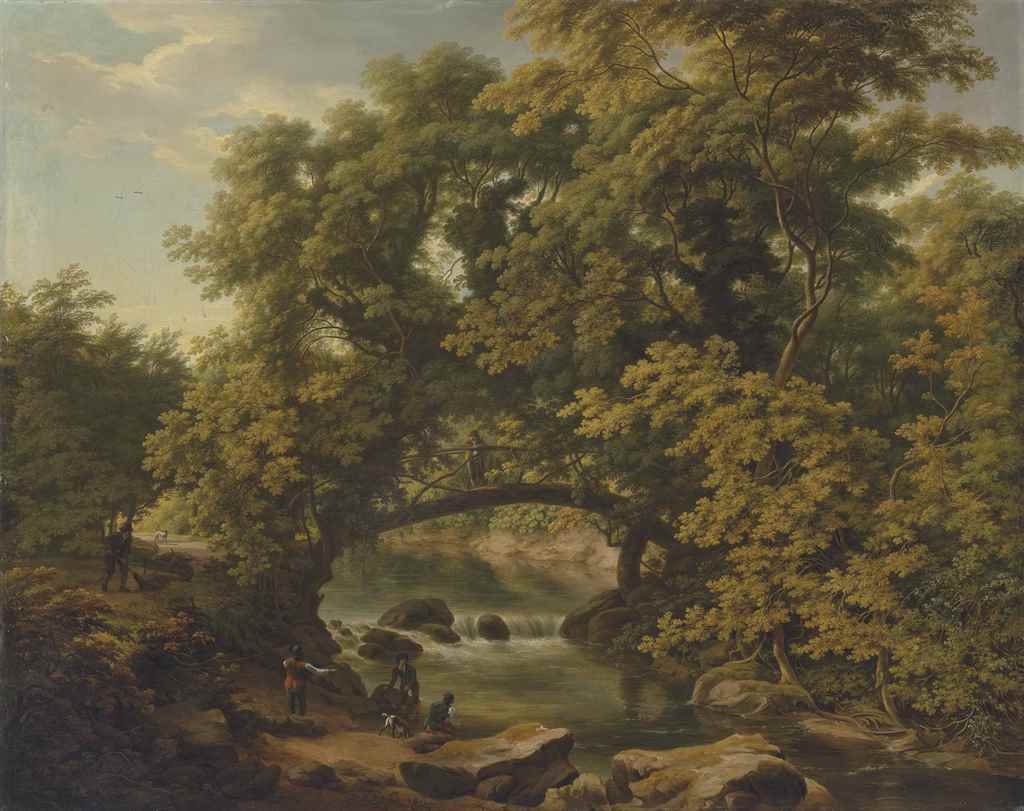

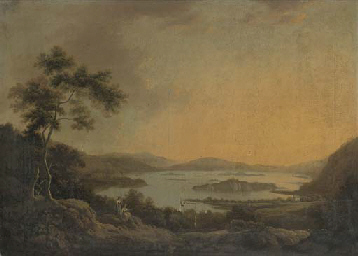

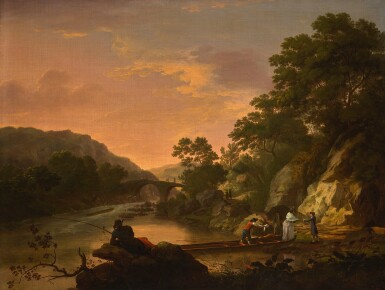

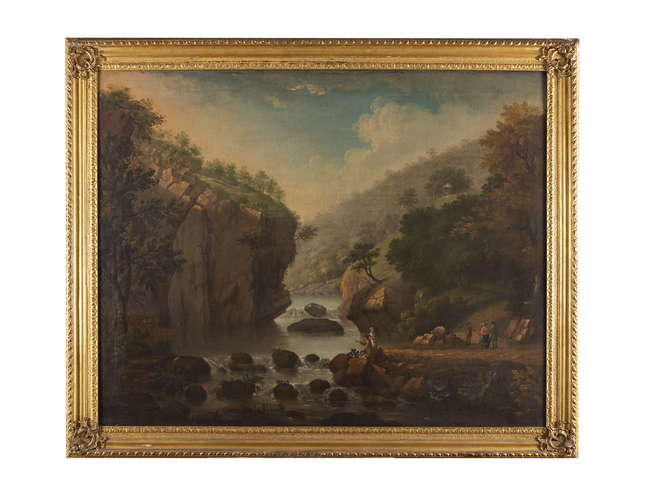

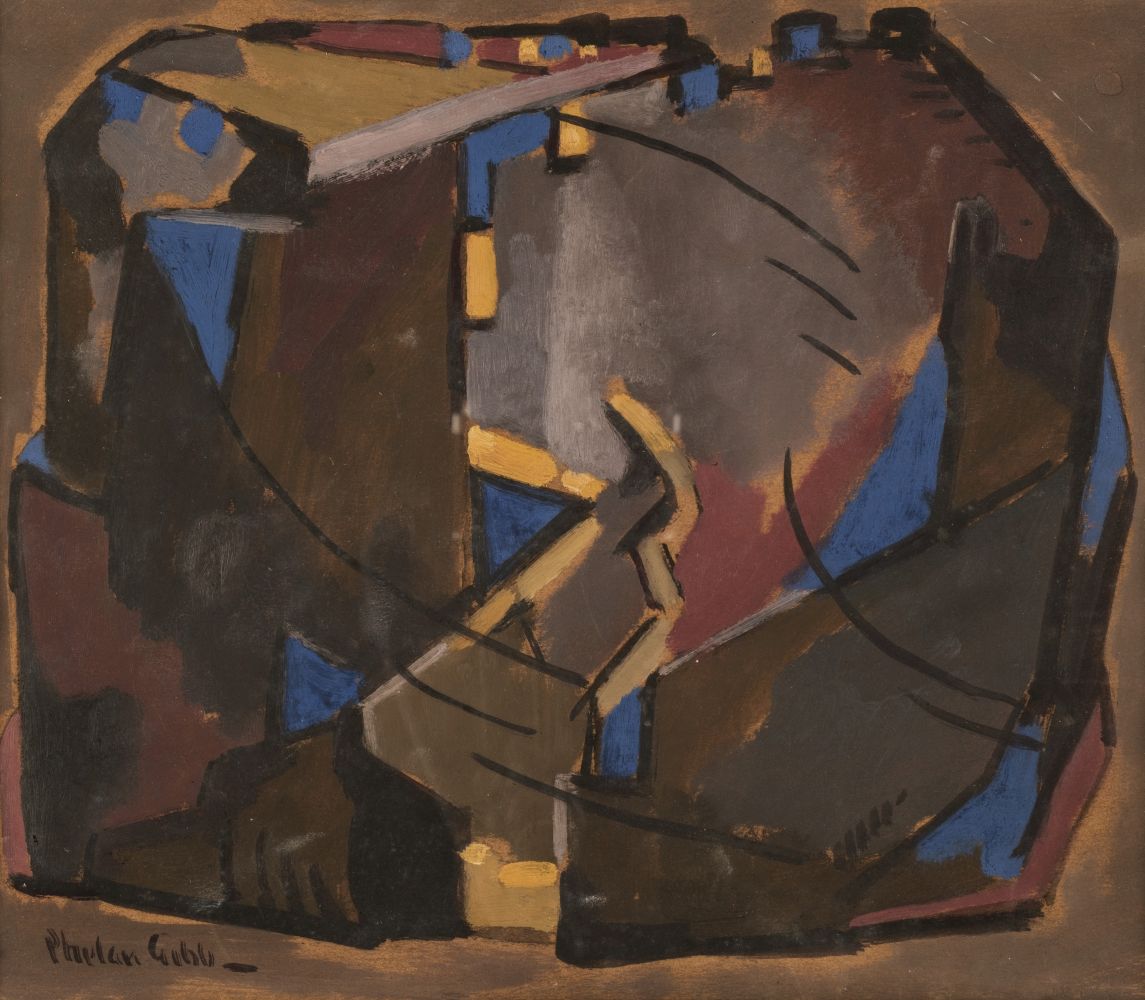
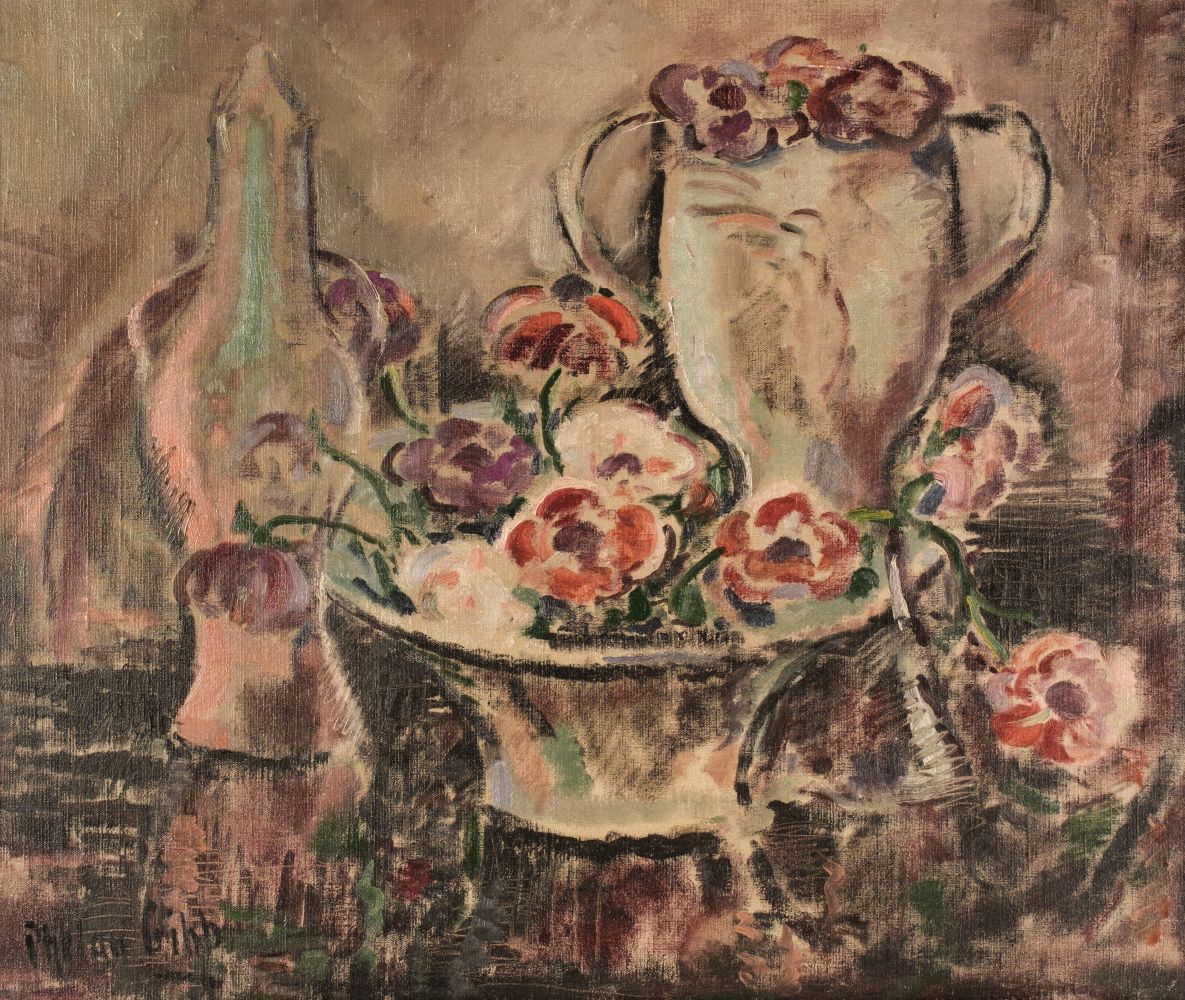

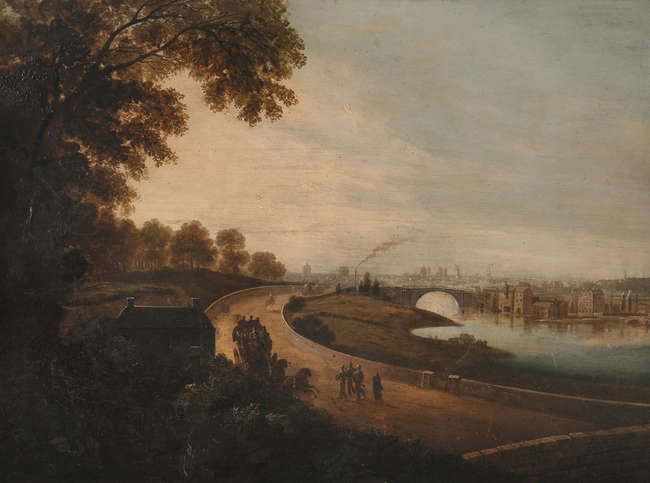

Try LotSearch and its premium features for 7 days - without any costs!
Be notified automatically about new items in upcoming auctions.
Create an alert